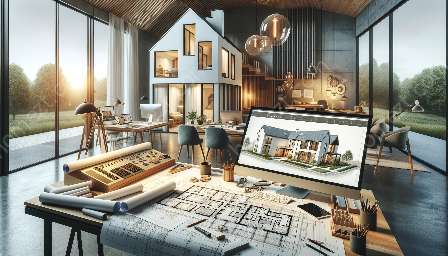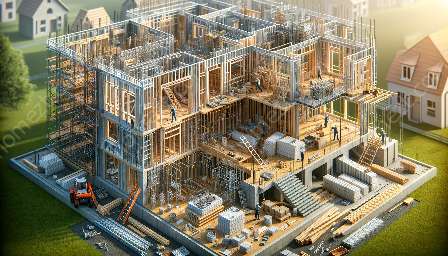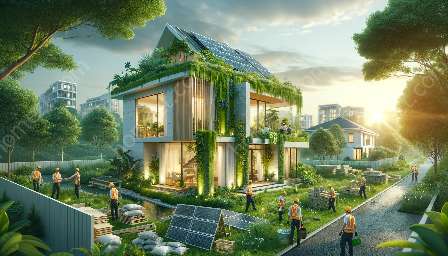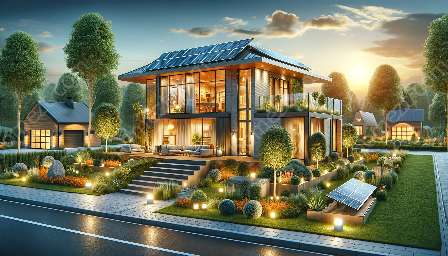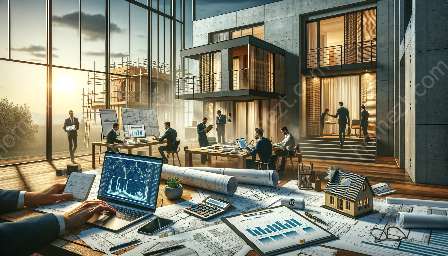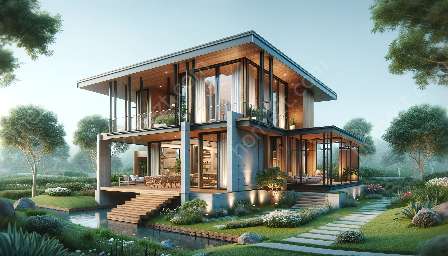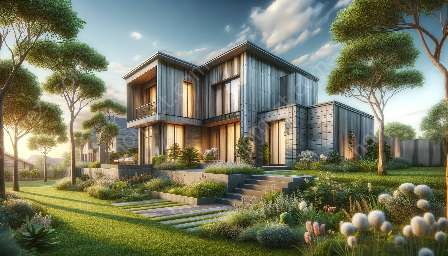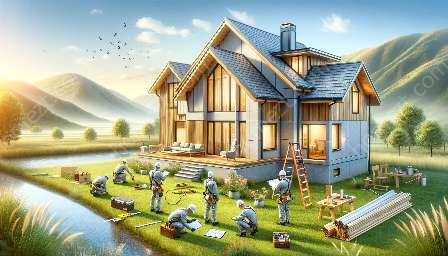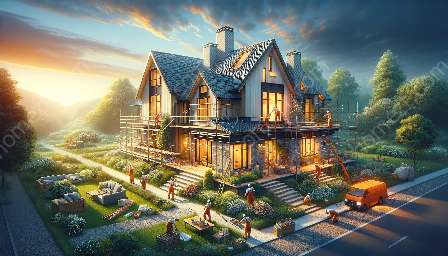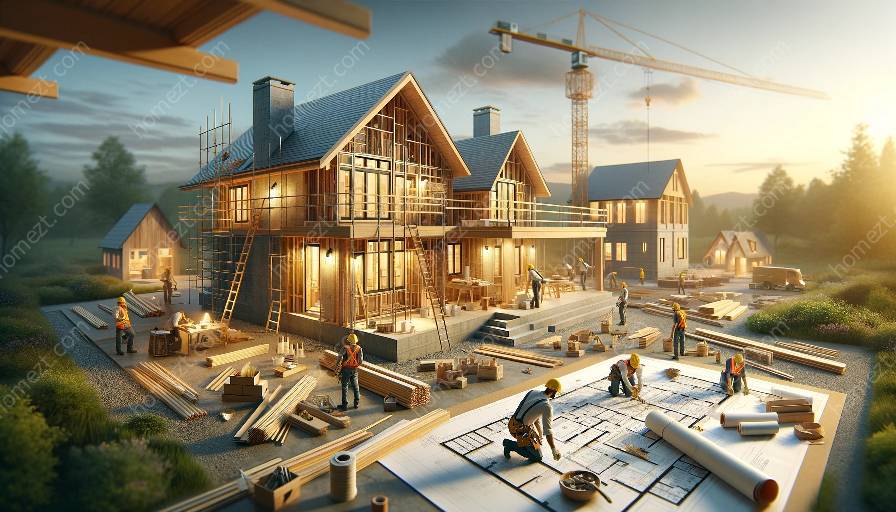Building a home requires a sound understanding of construction methods and techniques. Whether you are a professional home builder or a homeowner involved in a construction project, it is essential to be familiar with the latest industry practices. This article will delve into various construction methods and techniques, from traditional approaches to modern innovations, providing a comprehensive overview of the subject.
Traditional Construction Methods
Foundations: The foundation of a home is critical to its structural integrity. Traditional methods include concrete slab, crawl space, and basement foundations. Each method has its own advantages and considerations, depending on the local climate, soil conditions, and building requirements.
Fr aming: The framing of a home can be done using traditional methods such as timber framing or light gauge steel framing. These methods have been used for centuries and are known for their durability and strength.
Roofing: Traditional roofing techniques involve the use of materials such as asphalt shingles, clay tiles, or metal roofing. Each material has its own aesthetic appeal and performance characteristics.
Modern Construction Techniques
Prefabrication: With advancements in technology, prefabrication has become an efficient method for constructing homes. Components of a house, such as walls, floors, and roof trusses, are built off-site and then assembled on the construction site, reducing construction time and waste.
Green Building: Home builders are increasingly incorporating sustainable and eco-friendly practices into their construction projects. This includes using energy-efficient materials, incorporating renewable energy sources, and implementing water conservation techniques.
3D Printing: A revolutionary technique in home construction, 3D printing allows for the creation of intricate and customized building components with precision and speed. This technology is pushing the boundaries of what is possible in home construction.
Innovative Technologies
Building Information Modeling (BIM): BIM is a digital representation of a building's physical and functional characteristics. It allows home builders to visualize the entire construction process, identify potential clashes, and optimize the design and construction phases.
Drones and Aerial Imaging: Drones are being used to survey construction sites, inspect roofs, and capture aerial images for site analysis. This technology provides valuable data to home builders, improving safety and efficiency.
Augmented Reality (AR) and Virtual Reality (VR): AR and VR are being utilized to visualize construction plans, simulate building environments, and identify design flaws before construction begins. These immersive technologies are enhancing the way home builders conceptualize and execute their projects.
Adapting Construction Techniques to Home Projects
Choosing the Right Method: It is crucial for home builders to assess the specific requirements of a home project and select the most suitable construction method. Factors such as budget, location, timeline, and environmental impact should be considered when making this decision.
Quality Control: Regardless of the construction method chosen, maintaining quality control throughout the building process is essential. From material selection to craftsmanship, home builders must uphold high standards to ensure the longevity and safety of the home.
Continual Learning and Adaptation: The construction industry is dynamic, with new methods and technologies constantly being developed. Home builders should prioritize continual learning and adaptation to stay informed about the latest advancements and best practices in construction.
Conclusion
Creating a modern and structurally sound home involves a thorough understanding of construction methods and techniques. Home builders and homeowners alike can benefit from staying informed about traditional and innovative construction practices, enabling them to make informed decisions and contribute to the creation of durable, sustainable homes.


